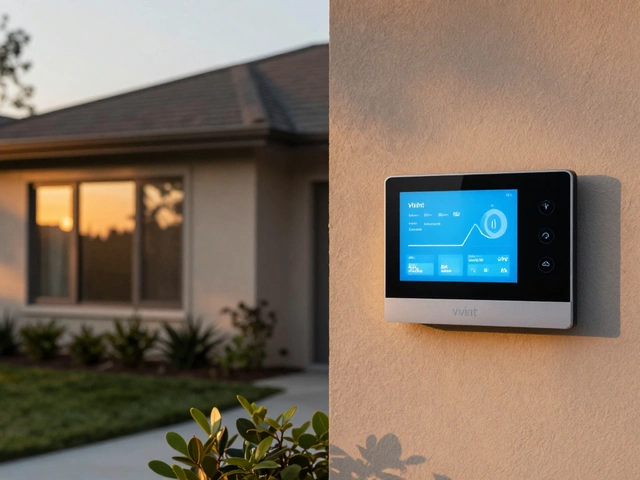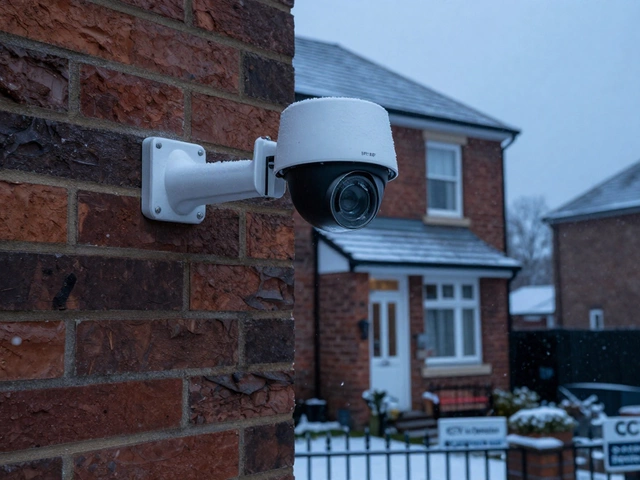Sensor Problems: Identify and Fix Common Security Sensor Issues
Ever wonder why your alarm keeps going off for no reason or why a motion detector never seems to notice anything? Most of the time it’s a simple sensor problem, not a full‑blown system failure. In this guide we’ll walk through the usual culprits, how to spot them, and what you can do without calling a technician.
Why Sensors Fail
Security sensors are built to last, but they’re also exposed to dust, temperature swings, and everyday wear. A dusty PIR (passive infrared) sensor can’t see heat signatures, so it thinks the room is empty. A door contact that’s bent or corroded will think the door is always open or always shut, triggering false alerts. Battery‑powered sensors lose power slowly, and once the voltage drops below a certain point they start misbehaving.
Another hidden factor is interference. If you’ve added a new Wi‑Fi router or a smart light nearby, the radio frequency can jumble wireless sensor signals. In older homes, old wiring can cause voltage drops that make wired sensors act erratically. Knowing these common triggers helps you narrow down the cause fast.
Simple Steps to Troubleshoot
1. Check Power. For battery‑run sensors, swap the battery with a fresh one. Even alkaline cells can lose charge after a year. If the sensor is wired, make sure the circuit breaker isn’t tripped and that the transformer is delivering the correct voltage (usually 12‑24V for most UK alarm panels).
2. Clean the Lens. Motion sensors have a small plastic window. A quick wipe with a soft cloth removes dust that blocks infrared detection. Door and window contacts often have tiny metal strips – give them a gentle spray of contact cleaner and wipe away any corrosion.
3. Test Alignment. Sensors should face the area you want them to monitor. A motion detector aimed at a wall will miss activity. Use the panel’s test button (or the app) to see if the sensor registers movement when you walk in front of it.
4. Reduce Interference. Move Wi‑Fi routers, baby monitors, or cordless phones at least 1‑2 metres away from wireless sensors. If you suspect radio clash, switch the sensor’s channel in the control centre.
5. Reset the Device. Most modern sensors have a reset pin or a power‑cycle option. Press and hold for 10 seconds, then let the system re‑learn the sensor. This often clears firmware glitches that cause false alarms.
If after these steps the sensor still misbehaves, it might be time for a replacement. Sensors are relatively cheap compared to a full system overhaul, and a fresh unit ensures you stay covered.
At Birmingham Security Command Center we’ve seen every kind of sensor hiccup, and most of them are solved with a quick check‑list like the one above. Keep a spare set of batteries on hand, schedule a yearly check‑up, and you’ll keep your home safe without the headache of constant false alerts.
Got a stubborn sensor that won’t cooperate? Grab the model number, pop it into our online troubleshooting guide, and you’ll have a step‑by‑step fix in minutes. Remember, a well‑maintained sensor is the first line of defense for your home, so don’t ignore the little signs—it saves you time, money, and peace of mind.






